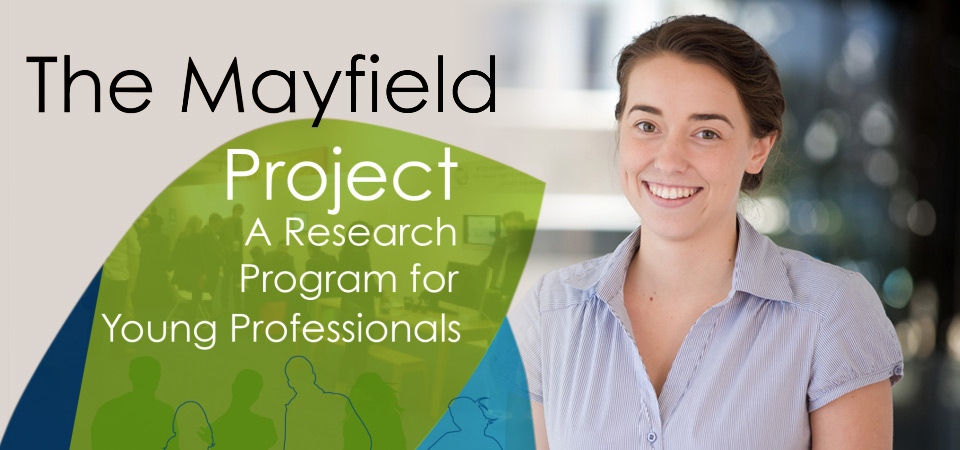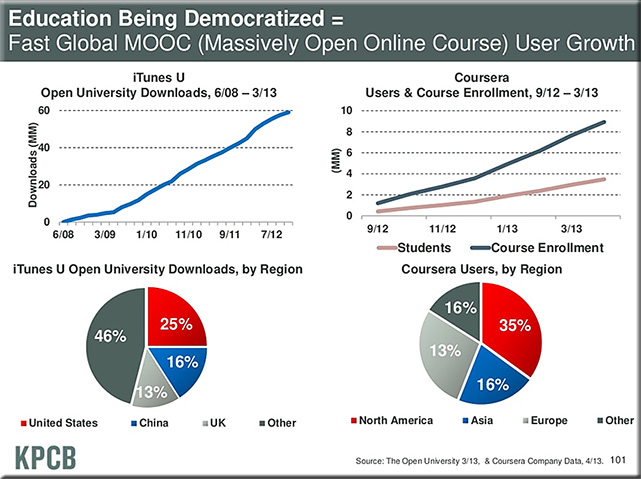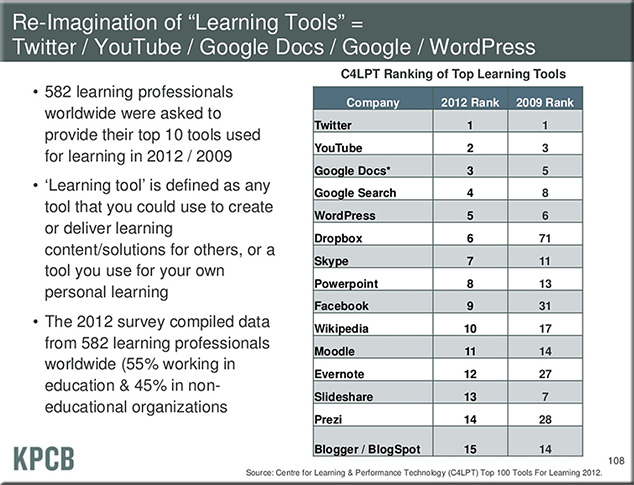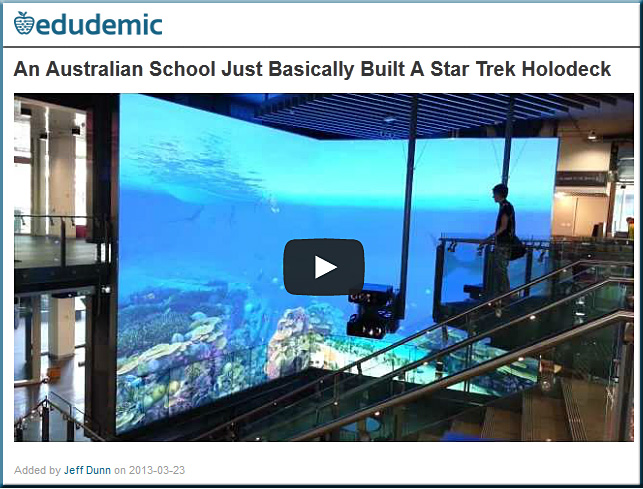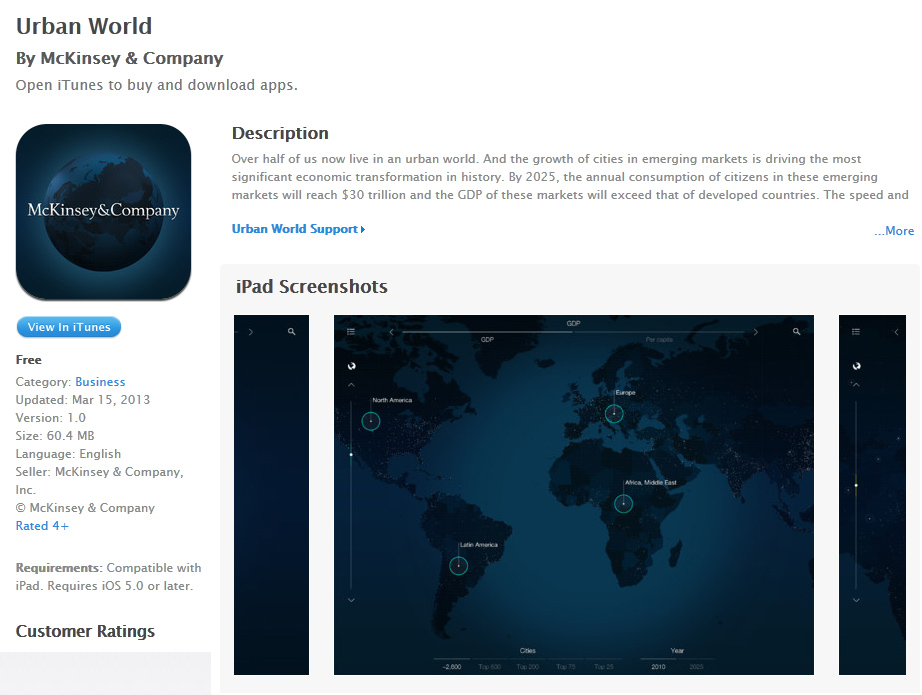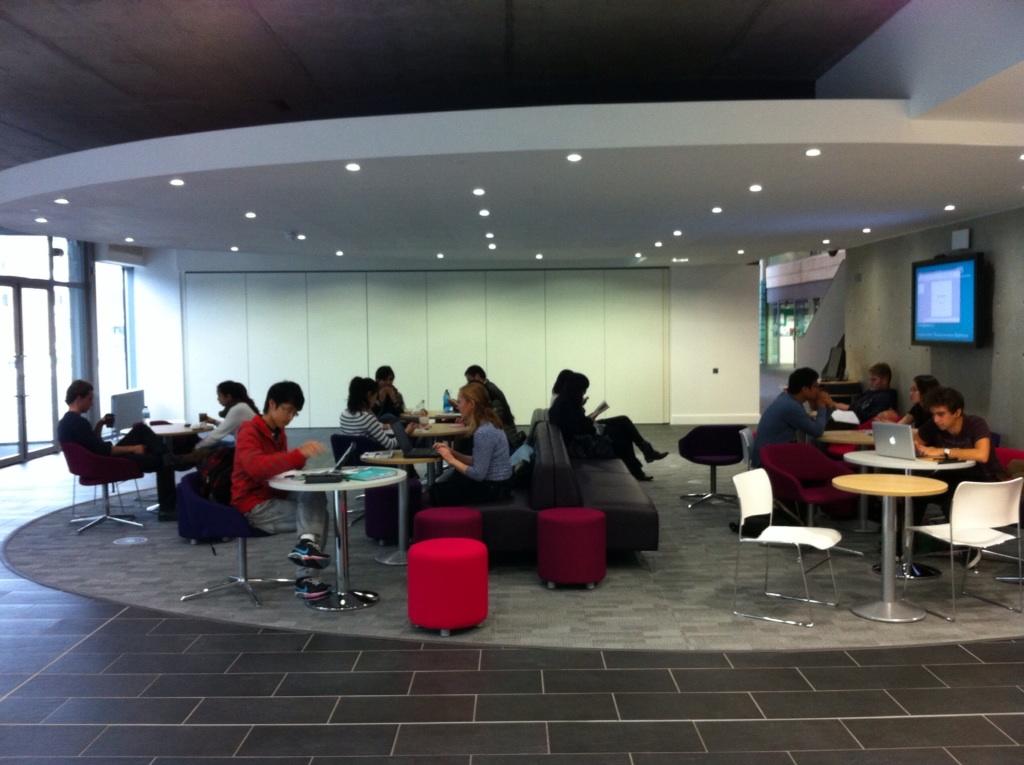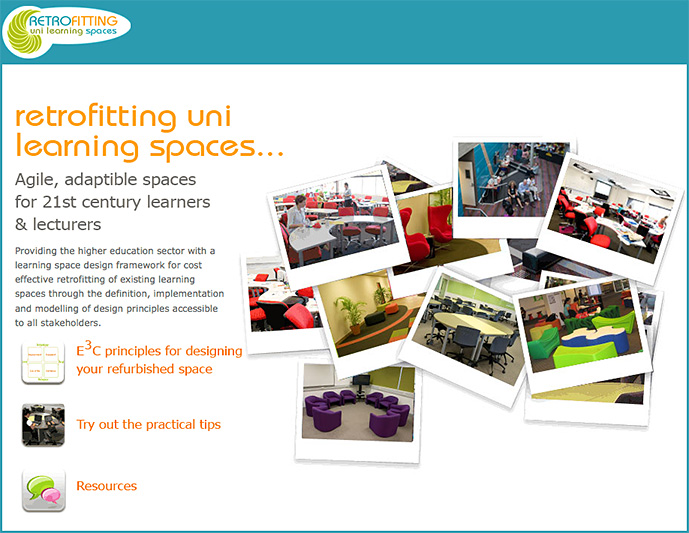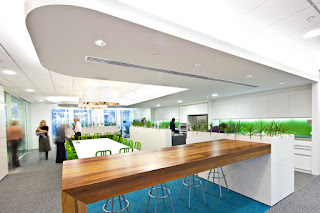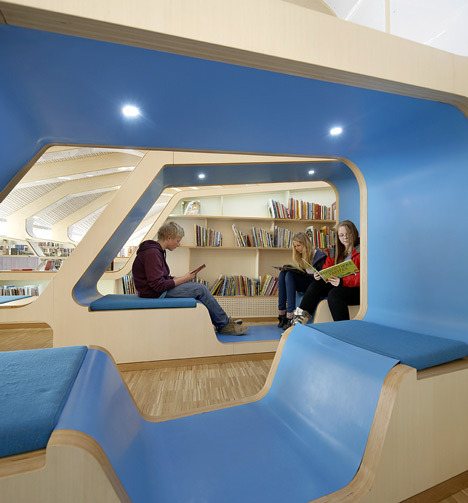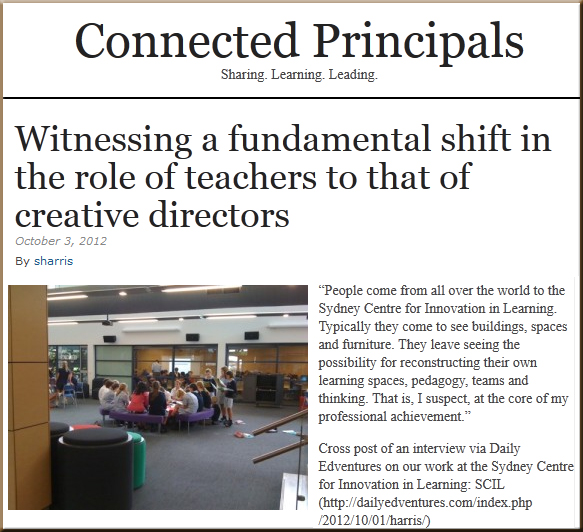.
Excerpt:
A group of ten young professionals from backgrounds of architecture, design and education collaborate together in preparation for a year-long research program investigating educational design.
This is the Mayfield Project.
From DSC:
Also, consider subscribing to their blog to keep up-to-date on their work.
Also see:
- Hard working environments for future education — from nbrspartners.net
Excerpt:
McCrindle Research, a leading Sydney-based social researcher, organise an annual Education Future Forum. At this year’s Forum James Ward and Andrew Duffin of NBRS+PARTNERS presented a study into Future Place Learning Environments.
.









